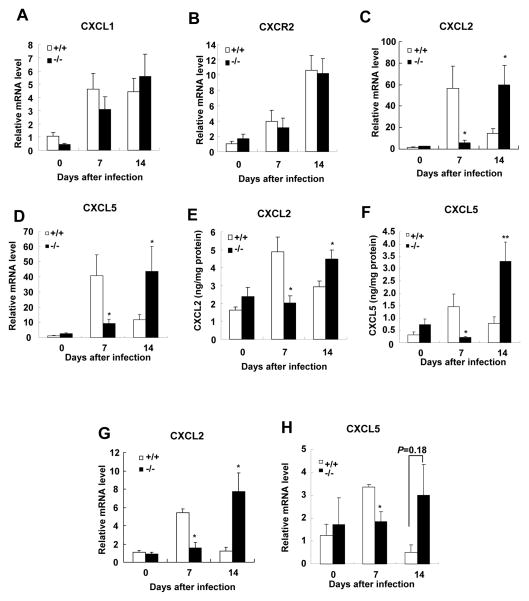Figure 5. Induction of colonic CXCL2 and CXCL5 is delayed in SRC-3−/− mice after C. rodentium infection.
A–D, Quantitative RT-PCR of CXCL1 (A), CXCR2 (B), CXCL2 (C) and CXCL5 (D) in the distal colons of wild-type and SRC-3−/− mice after C. rodentium infection. Data are the means + SEM (n=8–13). E and F, Quantitation of the protein levels of CXCL2 and CXCL5 in the colons. Colons from wild-type and SRC-3−/− mice were cultured for 24 hours and colon supernatants were analyzed for protein levels of CXCL2 and CXCL5 by ELISA and standardized to levels of total protein. Data are the means + SEM (n=8–13). G and H, Quantitative RT-PCR of CXCL2 and CXCL5 in isolated colonic epithelial cells of wild-type and SRC-3−/− mice after C. rodentium infection. Data are the means + SEM (n=4–5). *p<0.05. Results are representative of two independent experiments.

